The EPECentre is the nation’s only transdisciplinary team dedicated to accelerating the energy transition through research, industry partnership, and community collaboration.

-
About EPECentre
Te Hiranga Pūhanga Hiko | EPECentre is New Zealand’s pioneering research centre for electric power and clean energy applications. It's a joint initiative between UC and the electricity industry. It brings industry, researchers, academia, and students together to foster innovation. Learn more about EPECentre.
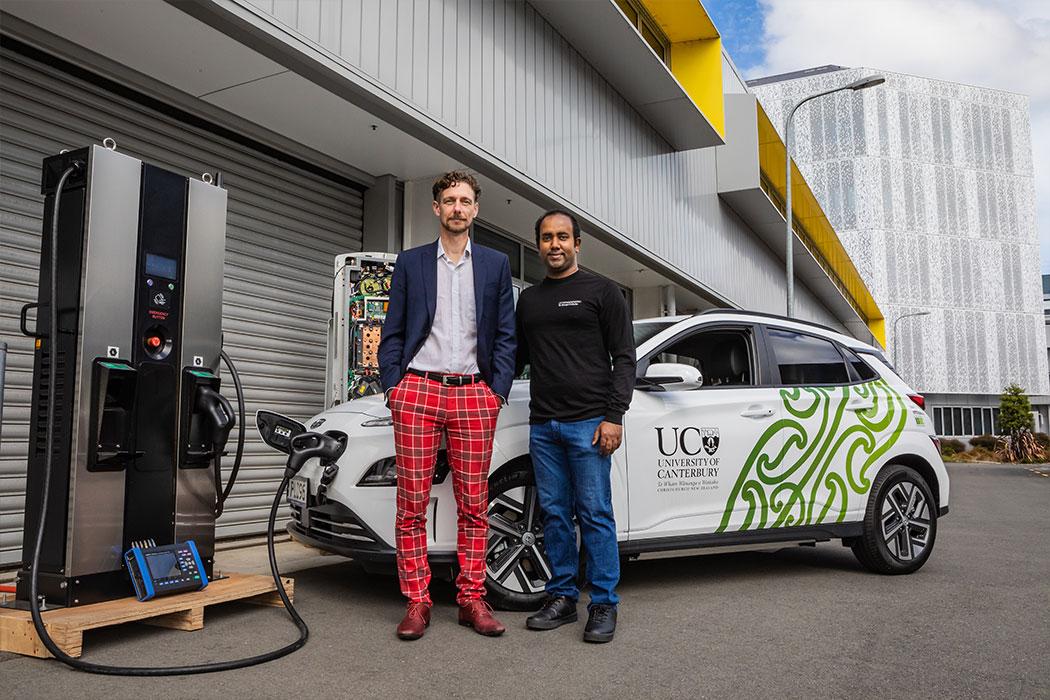
-
About EPECentre
Te Hiranga Pūhanga Hiko | EPECentre is New Zealand’s pioneering research centre for electric power and clean energy applications. It's a joint initiative between UC and the electricity industry. It brings industry, researchers, academia, and students together to foster innovation. Learn more about EPECentre.

-

About EPECentre
Pressing this button will open your email client.Pressing this button will start a call. -
Our Impact
As an industry-facing research centre, EPECentre is focused on impactful research, and the dissemination of research learnings to industry and the community. We are also focused on supporting the growth of the talent pipeline to industry, contributing to the diversity and skillset of our future leading engineers. Learn about how EPECentre work translates into real-world impact.
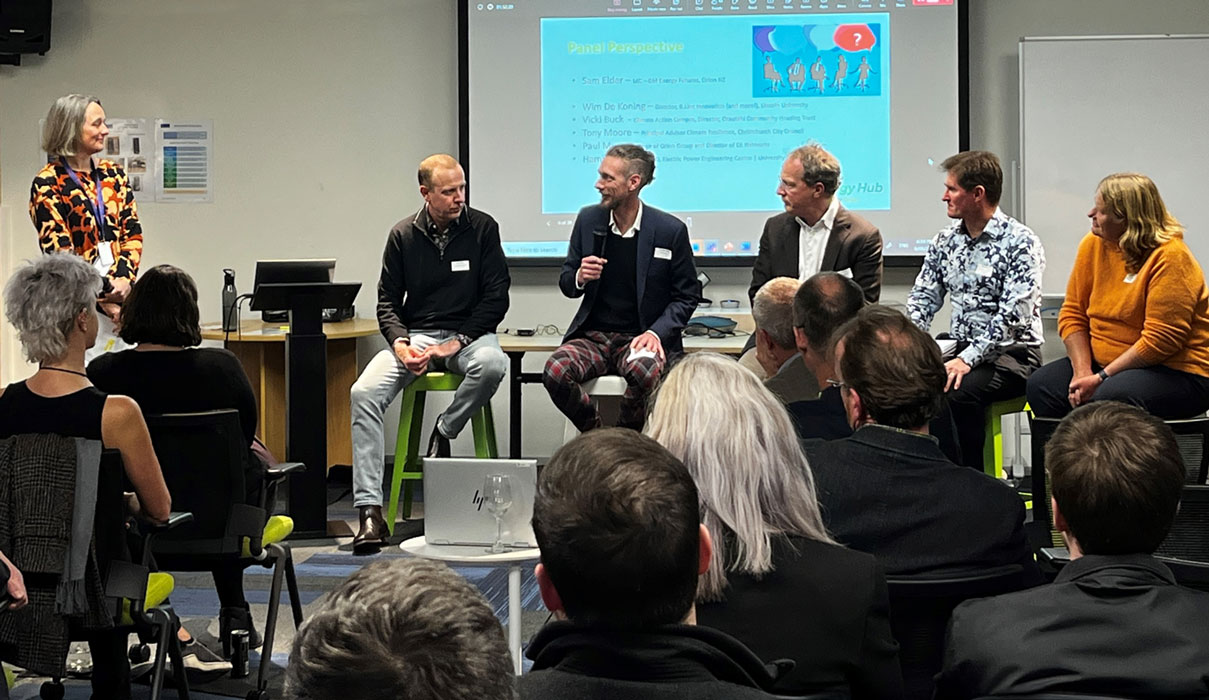
-
Our Impact
As an industry-facing research centre, EPECentre is focused on impactful research, and the dissemination of research learnings to industry and the community. We are also focused on supporting the growth of the talent pipeline to industry, contributing to the diversity and skillset of our future leading engineers. Learn about how EPECentre work translates into real-world impact.

-

Our Impact
Pressing this button will open your email client.Pressing this button will start a call. -
Research and innovation
UC's Electric Power Engineering Centre (EPECentre) is a world-class clean technology research incubator that fosters collaboration and innovation. We're a leading independent electric power and clean technologies research group, delivering specialist world-class research. Learn more about EPECentre research and innovation.
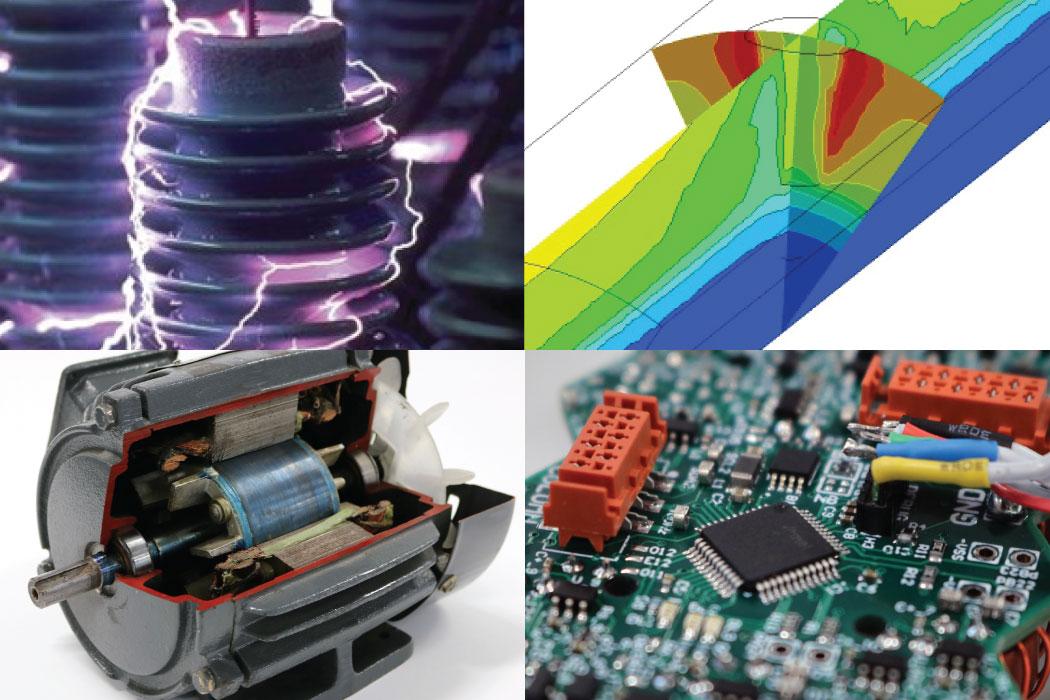
-
Research and innovation
UC's Electric Power Engineering Centre (EPECentre) is a world-class clean technology research incubator that fosters collaboration and innovation. We're a leading independent electric power and clean technologies research group, delivering specialist world-class research. Learn more about EPECentre research and innovation.

-

Research and innovation
Pressing this button will open your email client.Pressing this button will start a call. -
Latest news
There's a fair bit on the go at the Electric Power Engineering Centre (EPECentre). Check out the latest news.
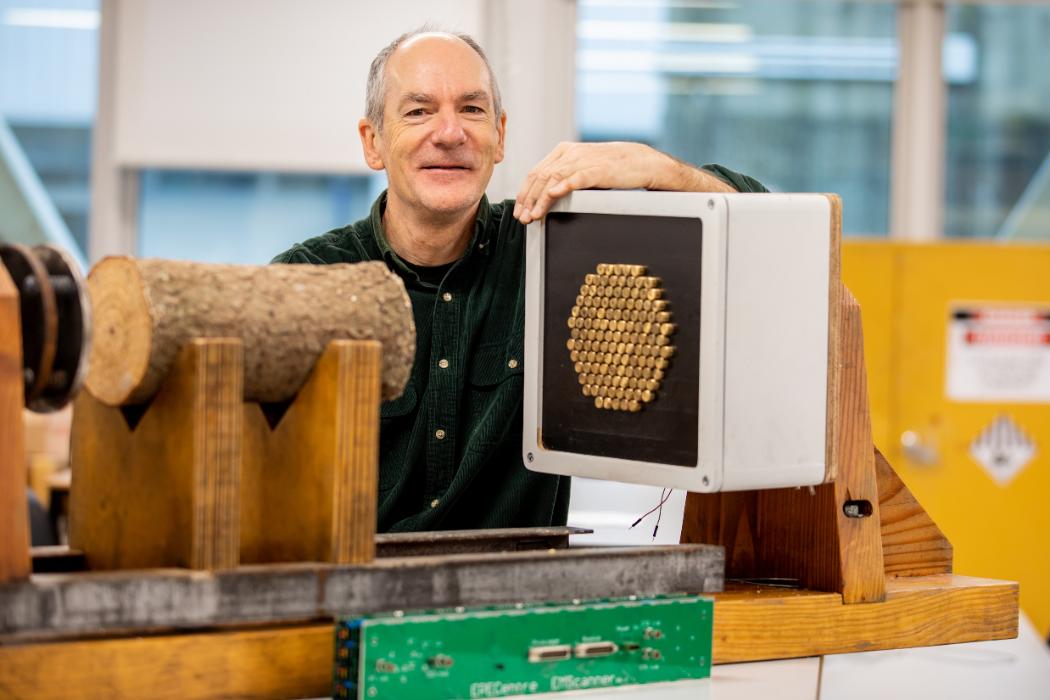
-
Latest news
There's a fair bit on the go at the Electric Power Engineering Centre (EPECentre). Check out the latest news.

-

Latest news
Pressing this button will open your email client.Pressing this button will start a call. -
About Aruhiko PEET
Aruhiko Power Engineering Excellence Trust (PEET) aims to empower those who will shape New Zealand’s energy future. We are a not-for-profit organisation established by industry and academia to foster a pipeline of power engineering talent. Our members represent many sectors of the electricity industry. Learn more about Aruhiko PEET.
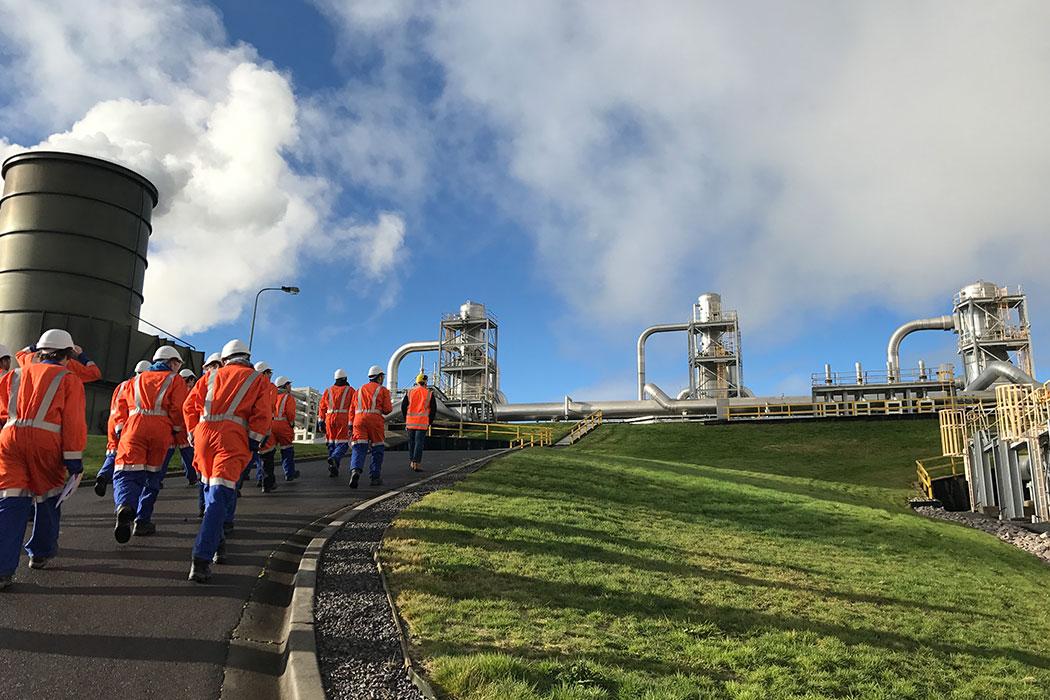
-
About Aruhiko PEET
Aruhiko Power Engineering Excellence Trust (PEET) aims to empower those who will shape New Zealand’s energy future. We are a not-for-profit organisation established by industry and academia to foster a pipeline of power engineering talent. Our members represent many sectors of the electricity industry. Learn more about Aruhiko PEET.

-

About Aruhiko PEET
Pressing this button will open your email client.Pressing this button will start a call. -
Education and outreach
UC's Electric Power Engineering Centre (EPECentre) inspires and enables tomorrow’s power engineering talent by sharing responsibility, knowledge, and opportunity across academia and industry. The EPECentre attracts students into engineering, develops talent, and connects industry with those talents. Learn more about EPECentre education and outreach.
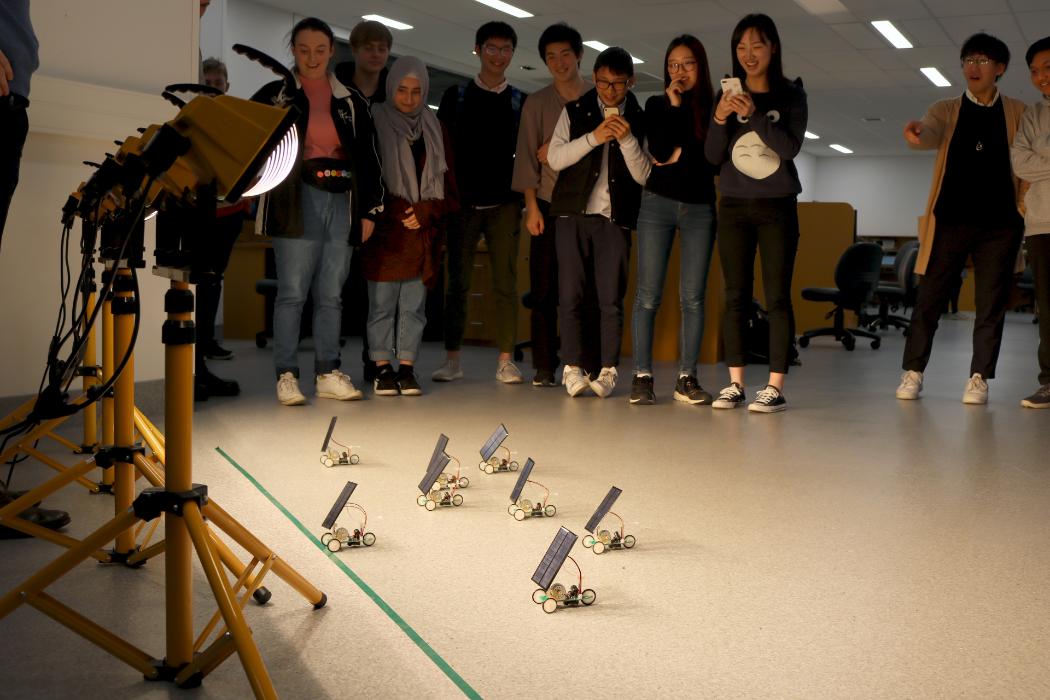
-
Education and outreach
UC's Electric Power Engineering Centre (EPECentre) inspires and enables tomorrow’s power engineering talent by sharing responsibility, knowledge, and opportunity across academia and industry. The EPECentre attracts students into engineering, develops talent, and connects industry with those talents. Learn more about EPECentre education and outreach.

-

Education and outreach
Pressing this button will open your email client.Pressing this button will start a call. -
Scholarships
If you're interested in Electrical and Electronic Engineering and other fields of engineering related to the power industry, there are lots of opportunities to fund your study. Scholarships are offered by EPECentre, Aruhiko PEET and industry members, UC, and external entities. Find out more.

-
Scholarships
If you're interested in Electrical and Electronic Engineering and other fields of engineering related to the power industry, there are lots of opportunities to fund your study. Scholarships are offered by EPECentre, Aruhiko PEET and industry members, UC, and external entities. Find out more.

-

Scholarships
Pressing this button will open your email client.Pressing this button will start a call. -
Events
Find our about the various events hosted by the EPECentre.
-
Events
Find our about the various events hosted by the EPECentre.
-
Events
Pressing this button will open your email client.Pressing this button will start a call. -
EPECentre Team
From engineers to associates, meet our people at the Electric Power Engineering Centre (EPECentre).
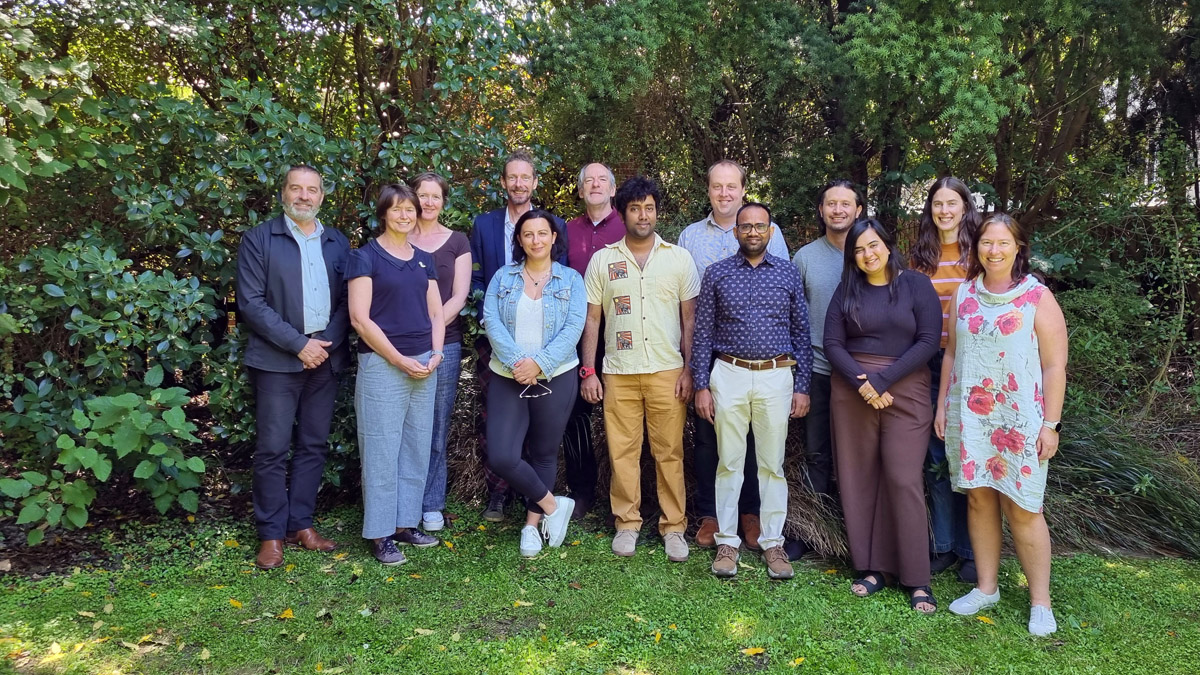
-
EPECentre Team
From engineers to associates, meet our people at the Electric Power Engineering Centre (EPECentre).

-

EPECentre Team
Pressing this button will open your email client.Pressing this button will start a call. -
Contact us
There are a few ways to contact us at Te Hiranga Pūhanga Hiko | Electric Power Engineering Centre (EPECentre). See where we are on campus and feel free to get in touch if you need some help.
-
Contact us
There are a few ways to contact us at Te Hiranga Pūhanga Hiko | Electric Power Engineering Centre (EPECentre). See where we are on campus and feel free to get in touch if you need some help.
-
Contact us
Pressing this button will open your email client.Pressing this button will start a call.

Find us
Level 2 Link Building
University of Canterbury
Private Bag 4800
Christchurch 8140
New Zealand
(Enter from the main entrance of the Core Building via Crekye Road)
Contact us
+64 3 369 3114

